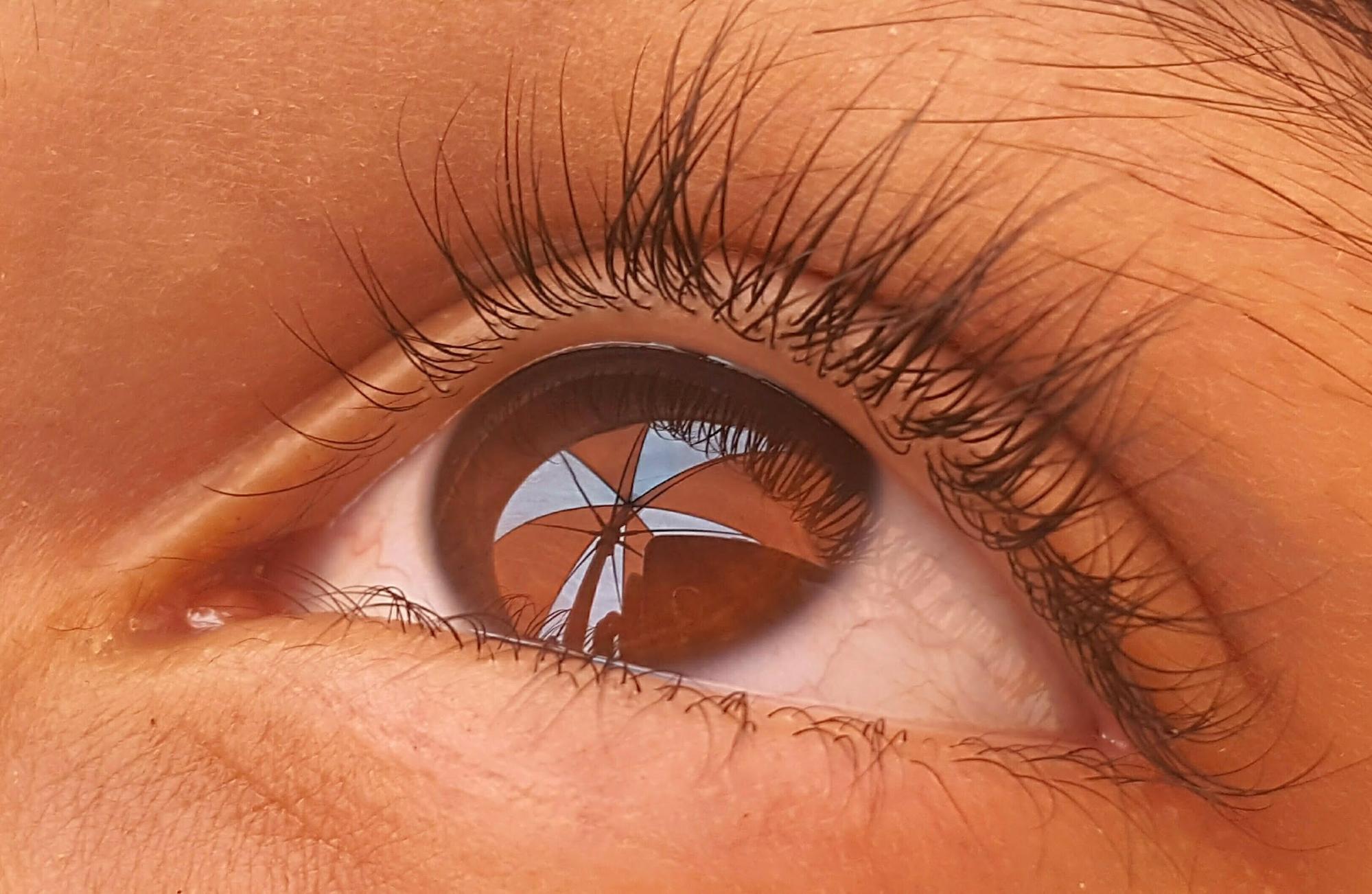VISTA Eye Specialist Malaysia
What is Refractive Lens Exchange (RLE)?
Refractive Lens Exchange (RLE), also known as clear lens exchange or clear lens extraction, is a surgical procedure that replaces the eye’s natural lens with a clear artificial lens, called an intraocular lens (IOL). It corrects vision problems such as presbyopia, myopia (short-sightedness), and hyperopia (long-sightedness), aiming to improve overall visual clarity.
Who is a Good Candidate for RLE?
RLE is typically recommended for:
- Adults over 40 and experiencing presbyopia
- Individuals with high refractive errors (e.g., severe myopia or hyperopia)
- Individuals who are unsuitable for LASIK due to thin corneas or other corneal issues
- People seeking long-term vision correction and freedom from glasses
However, those with retinal diseases, macular degeneration, or other eye pathologies may not be suitable candidates. A comprehensive eye examination is essential for assessment.
RLE vs. Other Eye Surgeries
RLE is one of several refractive surgery options. Here’s how it compares:
RLE vs. Cataract Surgery:
- Cataract surgery is performed to treat a clouded lens.
- RLE is elective, used to correct refractive errors even in the absence of cataracts.
- Both procedures involve the same technique—replacing the eye’s natural lens with an IOL.
RLE vs. LASIK / PRK:
- LASIK/PRK reshape the cornea using lasers—ideal for those with moderate refractive errors.
- RLE is better for patients with thin corneas or high prescriptions.
RLE vs. ICL (Implantable Contact Lenses):
- ICL adds a lens without removing the natural one.
- Suitable for high myopia patients not eligible for laser surgery.

The RLE Procedure: What to Expect
Refractive Lens Exchange (RLE) is typically performed under local anaesthesia. During the procedure, the surgeon creates a small incision, removes the eye’s natural lens, and replaces it with an artificial intraocular lens (IOL) specifically selected to match the patient’s refractive needs. Advanced IOL technology allows for customized visual outcomes, including correction for distance, near, or astigmatic vision.
The surgery is generally quick and minimally invasive, taking approximately 15–20 minutes per eye. Most patients experience significant improvement in vision shortly after the procedure, with a rapid recovery period. Depending on the treatment plan, RLE may be performed on one or both eyes, as advised by the eye specialist.
Benefits of Refractive Lens Exchange
Refractive Lens Exchange (RLE) offers several key advantages, particularly for patients who are not suitable candidates for laser vision correction. The potential benefits include:
- Reduced dependence on glasses or contact lenses, enhancing daily convenience and visual freedom.
- Correction of high refractive errors—including severe myopia or hyperopia that may not be treatable with LASIK or other laser procedures.
- Effective treatment for age-related vision changes such as presbyopia, providing improved near and distance vision.
- Long-term solution for vision correction, as the artificial intraocular lens (IOL) does not age or develop cataracts like the natural lens.
- Improved quality of life and visual clarity
While RLE is a highly effective procedure, it’s important to understand that individual outcomes may vary, and a comprehensive eye examination is essential to determine suitability and expected results.
Life Without Contact Lenses
For many patients, Refractive lens exchange (RLE) or laser eye surgery offers the freedom to live without the daily inconvenience of contact lenses. By replacing the natural lens with an artificial intraocular lens (IOL), RLE delivers clear, long-lasting vision while eliminating the need for contact lenses or glasses.

This can be especially beneficial for those who experience dry eyes, discomfort, or irritation from prolonged contact lens use. After surgery, patients often report sharper vision, including improved peripheral vision, as there are no frames or lenses obstructing their view.
RLE also significantly reduces the risk of eye infections associated with contact lens wear. With improved visual clarity and independence from corrective lenses, patients can enjoy a more active, comfortable, and worry-free lifestyle, making everyday vision problems a thing of the past.
Reading Glasses and Vision Correction
Reading glasses are a common aid for individuals experiencing presbyopia, an age-related condition that affects the eye’s ability to focus on near objects. While effective, they are often an inconvenient, temporary solution.
Refractive Lens Exchange (RLE) offers a long-term alternative by replacing the natural lens with an artificial intraocular lens (IOL) designed to correct presbyopia and other refractive errors such as hyperopia and myopia. Many patients who undergo RLE experience clear, sharp vision at multiple distances and often eliminate the need for reading glasses or contact lenses altogether.
By choosing RLE, patients can enjoy greater visual independence and a more convenient lifestyle, free from the daily reliance on corrective eyewear.
Potential Risks and Complications
While RLE is generally a safe and well-tolerated procedure, it carries potential risks—similar to any intraocular surgery. These may include:
- Infection (endophthalmitis)
- Posterior capsular opacification (PCO),a common post-operative condition that can cause cloudy vision
- Visual disturbances such as glare, halos, or reduced contrast sensitivity, especially in low-light conditions
Choosing a highly experienced surgeon and closely following post-operative care instructions significantly reduces the likelihood of complications. Patients are encouraged to have a thorough discussion with their eye specialist to fully understand the potential risks and how they can be managed or minimized.
Post-Surgery Recovery and Aftercare
Recovery following Refractive Lens Exchange (RLE) is generally quick and uncomplicated. Most patients notice improved vision within a few days and can resume normal daily activities shortly after the procedure.
Temporary side effects such as mild discomfort, light sensitivity, or blurred vision may occur, but are typically mild and can be effectively managed with prescribed eye drops.
To support proper healing and minimize the risk of complications, patients should:
- Follow all post-operative instructions provided by their surgeon.
- Attend all scheduled follow-up appointments to monitor progress.
- Avoid strenuous activities such as heavy lifting or intense exercise during the initial recovery period, as advised by the doctor.
- Avoid rubbing your eyes, especially during the healing period.
- Wear protective eyewear during sports or hazardous activities.
- Maintain a healthy lifestyle, including a balanced diet and proper hydration.
Adhering to these guidelines helps ensure a smooth recovery and the best possible visual outcome. Patients can also enjoy clearer, more stable vision and reduce the risk of age-related eye conditions. Proactive care helps ensure that the benefits of RLE are preserved for many years to come.

Cost and Insurance Coverage
The cost of Refractive Lens Exchange (RLE) can vary significantly based on several factors, including the type of intraocular lens (IOL) selected, the surgeon’s experience, and the healthcare facility where the procedure is performed.
As RLE is typically considered an elective vision correction procedure, it is not usually covered by insurance or national healthcare plans. Patients are encouraged to consult their eye specialist for a detailed breakdown of costs, including pre-operative assessments, surgery fees, and post-operative care.
While payment or financing plans may be available at some clinics, options are often limited. Understanding the full scope of financial commitment (including assessments, surgery, and aftercare) is an important part of the decision-making process for those considering RLE.
Conclusion
Refractive Lens Exchange (RLE) presents a valuable vision correction option, particularly for individuals over 40 with presbyopia or significant refractive errors who may not be ideal candidates for laser-based procedures. Unlike glasses or contacts, RLE not only corrects vision but also eliminates the future risk of cataracts by replacing the natural lens entirely.
While the procedure offers long-term visual benefits, it’s important to understand that RLE is not suitable for everyone. A thorough consultation with an experienced ophthalmologist is essential to assess eye health, lifestyle needs, and suitability.
When carefully selected, RLE can provide patients with greater visual independence and long-term clarity, supporting a more active and glasses-free lifestyle.



